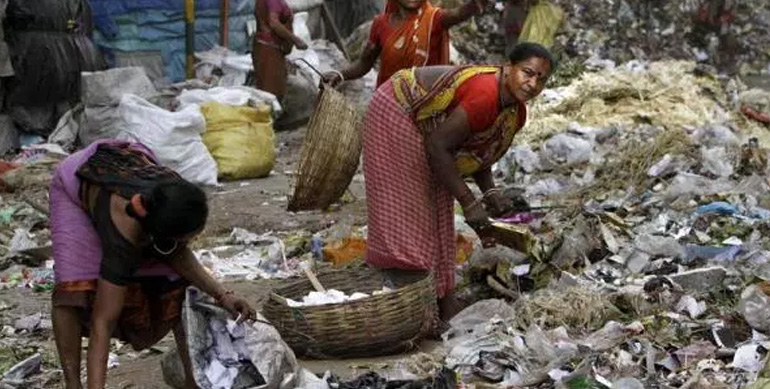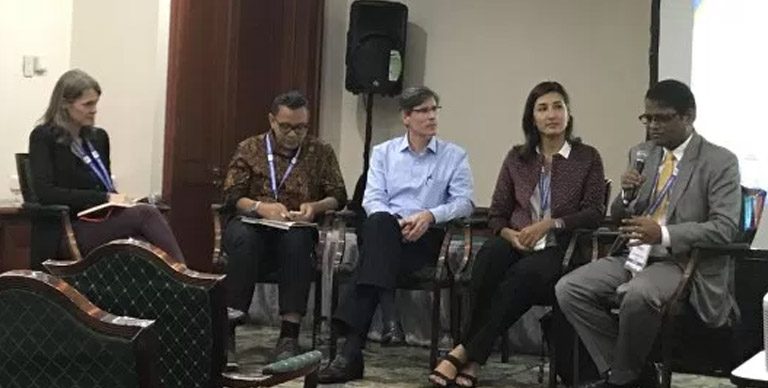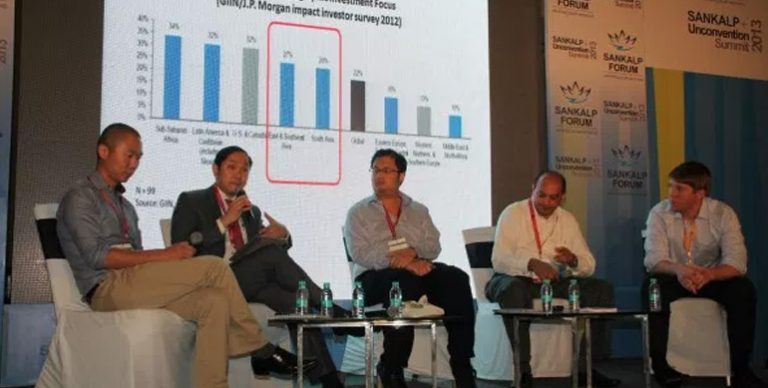Addressing the Solid Waste Management Crisis in India
Keep yourself updated on events, trends and news from the developing world, join our Facebook page – SankalpForum
In 2015, the global production of solid waste amounted to 1.3 billion tons. A detailed analysis of this figure reveals a considerable difference in the waste production of high-income and low/middle-income countries. The former have a per-capita figure which, in some cases, is eight-fold higher than that of the latter. For instance, an individual in the US generates 2.58 kg of solid waste per day, while a person living in India produces 340 gm. Though the number of waste generated seems low in absolute terms , when correlated with the density population this is alarming number. Waste production is an issue that is likely to get progressively worse, since trends indicate that only a few countries, mainly in the West, will be able to reduce their per-capita solid waste production. In developing countries, in contrast, it is likely to rise significantly. By this estimate, global waste production will grow from 1.3 billion tons in 2015 to 2.2 billion tons in 2025, with emerging economies in Africa and the Asia Pacific responsible for 97% of this increase.
Among the key drivers of this worrisome scenario are consumerism, a higher spending propensity, and urbanization. Less than 50% of the Indian population lives in cities, and yet 17 cities alone contribute to almost 90% of the total solid waste generated in the country. Perhaps this is not surprising: cities generate greater prosperity, along with creating more rubbish. For this reason, we think that identifying how cities manage their waste is crucial for understanding the issue.
We decided to analyze two aspects: waste production – the composition of what goes into dustbins and its segregation potential and waste cycle, where this waste goes, namely, the solid waste management life cycle. Our analysis showed that the composition of a one kg sample of solid waste is as follows: non-biodegradable and non-recyclable elements consisting of 400 gm ash and fine earth; biodegradable elements comprising 418 gm of compostable matter (mainly food and food-processing waste), 34 grams of textile, and 8 grams of leather; and recyclable elements consisting of 25 gm of glass, 19 gm of metals, 39 gm of plastic, and 57 gm of paper. Our dustbin analysis has demonstrated that more than 60% of the total solid waste can be recycled or biodegraded.
In India, the recycling industry is still unorgansined and mostly within the informal sector. Ragpickers in every city go door-to-door to collect paper, glass, and plastic. Despite this, more than 65% of recyclable and biodegradable waste ends up in landfills. The crux of the issue is the management of this vast amount of recyclable or biodegradable waste that is not collected by ragpickers. The responsibility of the waste that is generated and its lifecycle is not the responsibility of Municipal authorities alone – this is a shared responsibility of waste producers and regulators. Extended producer responsibility is today reactive to address the post waster generation issue and not proactive to bring in stricter enforcements of types of waste generated. Hence various innnovation interventions are required across the waste cycle – example better packaing materials from the producers example bio-degradable and channelise the same through “Route to Recycle”, community engagement for better waste segregation practicies, Municipal athourities – for effective collection and creating better Route to Recycle infrastructure.
We call this a multi-level integrated approach that spans various level of governance, from the individual-level to the country-level, and we feel that this is the need of the hour to address the waste management crisis in the country.
Chandana Kiran works with Intellecap Innovations Lab at Intellecap Advisory Services Pvt. Ltd. – and a tech enthusiast with interest in sectors such as agriculture and clean technologies. She has worked extensively with various hi-tech fortune 500 companies and is interested to solve problems in the development sector. Chandana has a Masters In International Business in association with IIFT, New Delhi.
Looking for more? Visit our blog home page and browse our latest articles or join us in Jakarta for the 2nd Sankalp Southeast Asia Summit
Related Articles
-
18 April 2018
Future of Impact Investment in South East Asia
-
18 April 2018
Impact Investing in Asia: From Promise to Realization








